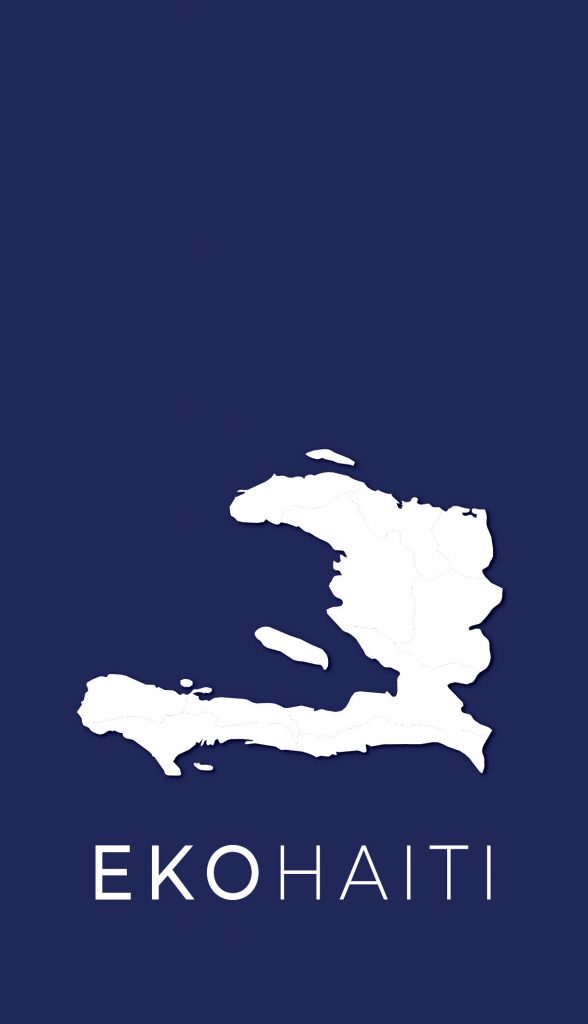This document presents the results of a Pre-Crisis Market Mapping and Analysis (PCMMA) undertaken for GOAL Haiti, focused on seasonal drought affecting the maize and beans market systems. Both products are important in the target region, Gressier, Haiti. On the one hand they represent a critical source of income for rural producers. Black, red and white beans in particular are considered among the most important cash crops in Gressier. Both are also important in terms of consumption. Maize is among the most popular cereal staples. Rural Gressiens consider maize more nutritious than both rice and millet – the other main cereal foods – at least one of which Gressiens typically include in the main midday meal. A nutritional rule of thumb in Gressier is that all three cereal staples should be consumed with beans. And indeed, beans are consumed daily by both rural and urban Gressiens. Because of the low cost of beans, they are arguably the most important local source of protein.
The analysis includes pre-crisis market maps for these commodities – maize and beans – and an assessment of the enabling and supporting environments for the movement of these products through the markets. The enabling environment includes elements such as regulation and institutional support while the supporting environment includes inputs such as availability of water, fertilizers, and credit. Included in the supporting environment are alternative cropping strategies and influences that may not actually support the production of beans and maize but that also help clarify how production can be reinforced in anticipation of crises such as drought.








